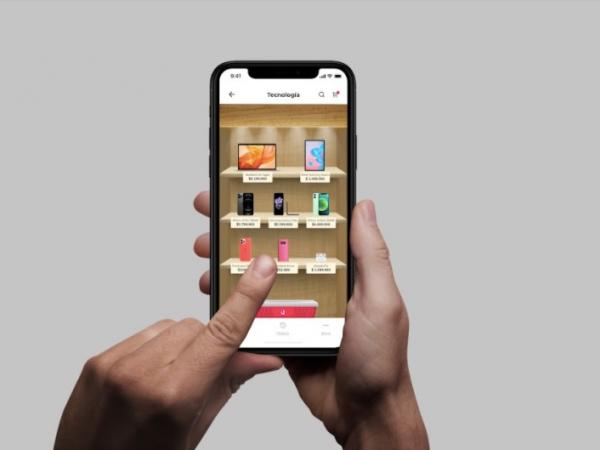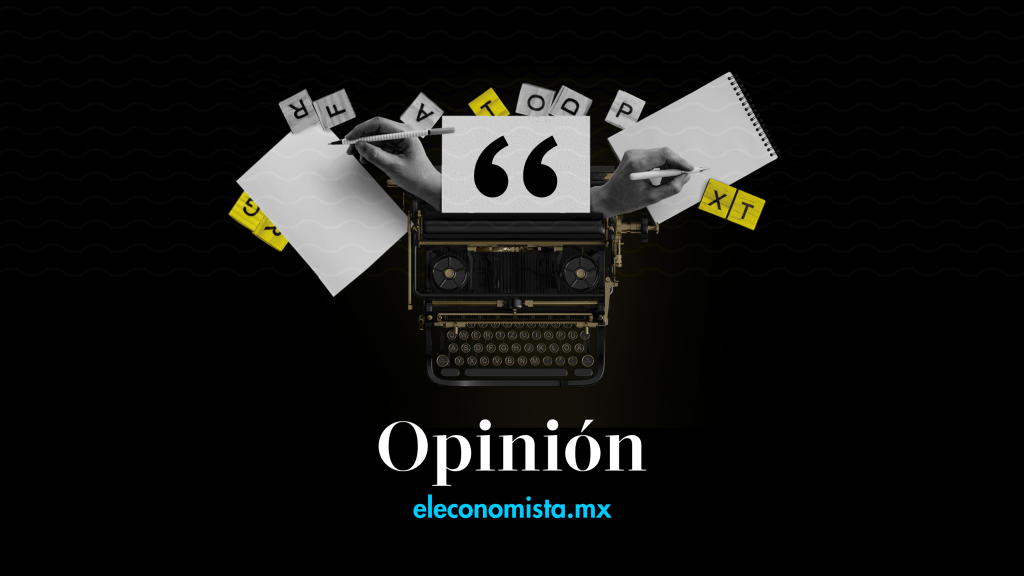
Although the recent day without VAT, held on March 11, evidenced the interest of consumers in buy through digital channels, also showed a slight decline in sales. According to the latest report from the Colombian Chamber of Electronic Commerce (Ccce), the total value of online sales that day was $697 billion.
(Read: Startup allows merchants to have free shipping points).
However, when buying this data with the total value of the last day without VAT of 2021, made on December 3, the total value of sales decreased 0.4%. Compared to the second day without VAT on November 19, 2021, the total value of e-commerce sales fell by approximately 3.6%.
According to the National Administrative Department of Statistics (Dane), sales made through electronic commerce fell by 12.1% between January 2022 and January 2021, while the twelve-month variation between February 2021 and January 2022 and February 2020 to January 2021 was presented a decrease of 19.5%.
Faced with this panorama, in which online purchases have varied and physical commerce in the country has been fully reactivated, the question arises if e-commerce is being hit by face-to-face services.
For María Fernanda Quiñones, executive president of the Ccce, electronic commerce in the country continues to show a positive trend, compared to previous years.
“In 2021, the growth of the sector was 40.2% compared to 2020. Sales of the services category grew by 55.4%, which was achieved thanks to the tourism, entertainment and financial services sectors. Other services presented a very positive behavior during 2021, especially in the second semester as many of the health measures of the pandemic were relaxed as a result of an accelerated vaccination processQuinones said.
The president of the chamber also highlighted that they project for this year that the sale of goods, through electronic commerce“grow close to a nominal 15% per year, recovering the trend of positive growth”.
“For this year we also expect sales of the categories of services marketed through e-commerce to increase by 20.3%, with a boost led by the tourism sector. Overall, we expect non-present sales to grow 19% during 2022, compared to 2021 where sales volume was $39.9 billion.Quinones added.
Similarly, for 2022 one of the trends in the sector, Quiñones said, is the development of omnichannel strategies, “where the physical world is integrated with the digital one, enhancing the strengths of each of the worlds and providing a 360 experience to customers. users”.
(What’s more: Omnichannel, key in installment payment models in e-commerce).
In an interview with Portfolio, Lina Monsalve, country manager of Mercado Libre for Colombia and Venezuela, he argued that the new normality, with its return to face-to-face attendance, in some cases “is not exclusive of the development and reception that electronic commerce platforms have received from users.”
“On the contrary, this re-opening will allow the revitalization of sales channels and thus contribute to the economic reactivation that we so much seek in the country. Similarly, these new purchasing dynamics have found an ally in the new payment methods, even in face-to-face businesses where the digitization of payments through gateways has become widespread.”, affirmed Monsalve.
By contrast, Andrés Robatel, country manager of Linio Colombia, pointed out that 2021 was a “very challenging” year for electronic commerce, due to factors such as the partial return to face-to-face, the total reopening of physical stores, the container crisis and the scarcity of raw materials for production of technology. This led to a slowdown in the growth that the sector had been presenting during the pandemic.
“This 2022, our sector must focus precisely on continuing to grow the catalog offer to have deep inventories in order to respond to the customer in the face of their demand. The market trend will be marked by the flexibility of the platform. In addition, the technology and home improvement sectors continue to show significant growth”, explained Robatel.
The Linio executive also highlighted that “the logistics focus continues to be a priority for the sector. “During 2022 there will surely be developments in the industry in order to meet the customer’s speed of delivery,” he added.
CHALLENGES OF THE RETAIL CHANNEL
María Claudia Navarro Pérez, deputy manager of digital retail for the Homecenter chain, assured that to date e-commerce has not been hit by attendancesince these are channels that currently complement each other.
(Keep reading: ‘We focus on an agile and secure ecosystem’: leader of Mercado Libre).
“It is important for consumers to understand that they can have access to both channels and that depending on their needs, they can have access to both options. Our great challenge is to complement the channels in such a way that we can be consistent with the customer experience. Attendance is an opportunity to continue challenging processes and merge physical and digital experiences, they are not divergentNavarro assured.
To exemplify, the executive highlighted that last year Homecenter launched Scan and Pay in its app, “the customer goes to the store, scans the products, adds them to their shopping cart in the app, pays digitally and leaves the store Thus, we have merged the physical and the digital, instead of putting them to compete, here who wins is the client”.
JOHANA LORDUY

















